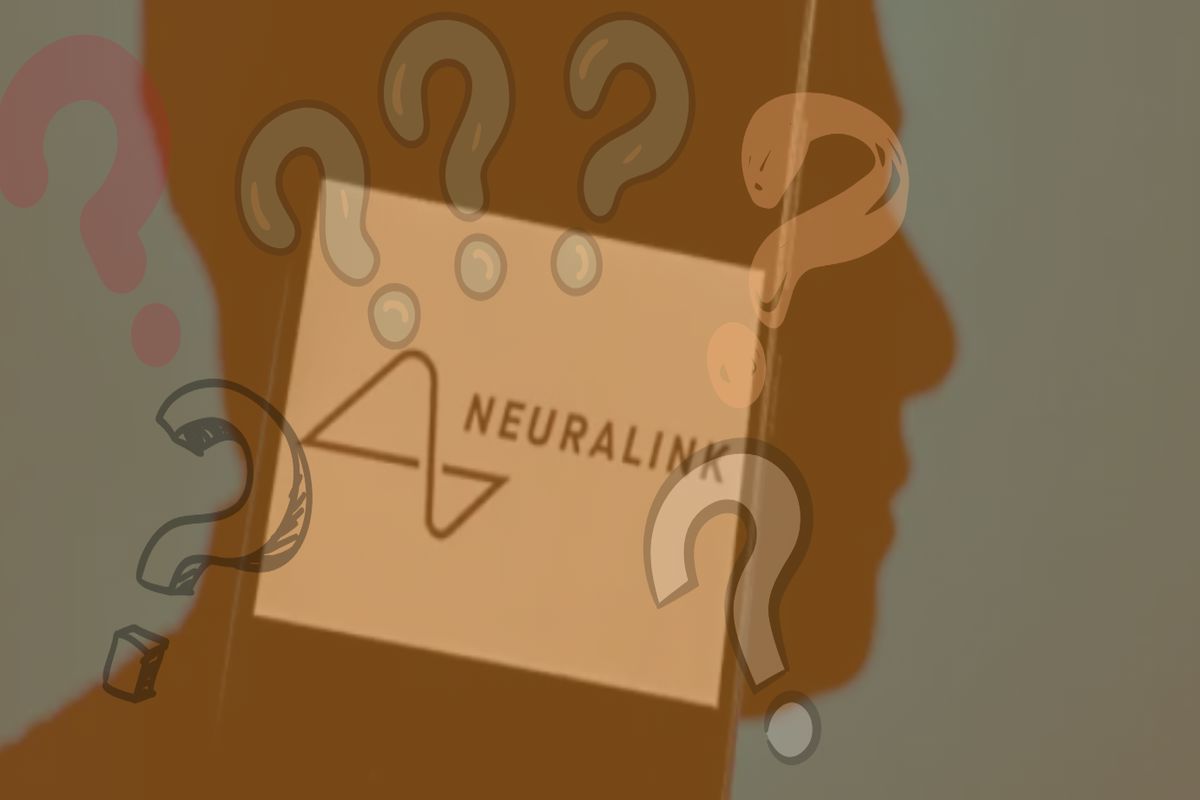The Science Behind Neuralink’s Neural Threads
Introduction: Neuralink and Neural Threads
Neuralink, founded by Elon Musk, is at the forefront of neurotechnology, aiming to bridge the gap between the human brain and computers. Central to Neuralink’s innovative approach are its Neural Threads, advanced components that facilitate seamless communication between the brain and digital devices. This article delves into the science behind Neuralink’s Neural Threads, exploring their design, functionality, and the revolutionary impact they promise for brain-computer interfaces (BCIs).
What Are Neural Threads?
Neural Threads are ultra-thin, flexible electrodes designed to interface directly with neurons in the brain. Unlike traditional rigid electrodes, Neural Threads are crafted from biocompatible materials that mimic the brain’s soft tissue, minimizing immune responses and enhancing long-term stability. These threads are intricately woven to ensure high-density connectivity, allowing for precise detection and stimulation of neural activity.

How Does Neuralink Work?
Neuralink operates by implanting these brainchips embedded with Neural Threads into specific areas of the brain. The process begins with minimally invasive surgery, where a robotic system delicately inserts the threads without causing significant damage to brain tissue. Once in place, the Neural Threads establish a robust nerve connection, enabling the brainchip to read and transmit neural signals to external devices.
This nerve connection is pivotal for creating a two-way communication channel. On one side, the Neural Threads capture electrical impulses generated by neurons, translating them into digital data that computers can process. On the other side, the brainchip can send signals back to the brain, potentially restoring lost functions or enhancing cognitive abilities.
The Technology Behind Neural Threads
The effectiveness of Neural Threads lies in their sophisticated design and the materials used. These threads are made from polymers like polyimide or parylene, which are not only flexible but also highly durable and biocompatible. Their minuscule diameter, often just a fraction of a human hair, allows them to penetrate the brain’s surface with minimal disruption.
Advanced microfabrication techniques enable the creation of Neural Threads with thousands of electrodes per thread, vastly increasing the resolution and sensitivity of neural signal detection. This high-density electrode array ensures that even the faintest neural activities can be accurately captured and interpreted.
Medical Applications of Neural Threads
One of the primary goals of Neuralink is to address neurological disorders and injuries. BCI apps developed using Neural Threads can assist individuals with spinal cord injuries by restoring motor functions through prosthetic limb control. Additionally, these interfaces hold promise for treating conditions like Parkinson’s disease, epilepsy, and depression by modulating neural activity to alleviate symptoms.
Beyond medical applications, Neural Threads could revolutionize how we interact with technology. Imagine controlling your smartphone, computer, or even household devices with mere thoughts, enhancing accessibility and convenience for users worldwide.
Future Applications and Vision
Looking ahead, Neuralink envisions a future where brain-computer interfaces become integral to everyday life. This includes not only medical advancements but also cognitive enhancements, allowing humans to process information more efficiently and connect with artificial intelligence on a deeper level. The potential for BCI apps extends to virtual reality, gaming, and augmented reality, creating immersive experiences controlled directly by the brain.
Ethics and Safety
With such groundbreaking technology comes significant ethical and safety considerations. Neuralink prioritizes the safety of its users by employing rigorous testing and adhering to strict regulatory standards. Ethical concerns regarding privacy, data security, and the potential for misuse are actively addressed through transparent policies and ongoing research.
Neuralink Competitors and Market Position
Neuralink is not alone in the BCI space. Neuralink competitors like Synchron, Kernel, and BrainCo are also making strides in developing their own neural interfaces. Each company brings unique approaches and innovations, contributing to a competitive market that drives rapid advancements in neurotechnology. Neuralink’s focus on high-density Neural Threads and scalable brainchip designs sets it apart, positioning the company as a leader in the industry.

Conclusion: The Impact of Neural Threads
Neuralink’s Neural Threads represent a significant leap in the evolution of brain-computer interfaces. By providing a reliable and efficient nerve connection, these threads enable unprecedented interaction between the human brain and digital systems. As research and development continue, the potential applications of Neural Threads are vast, promising to transform medicine, enhance human capabilities, and redefine our relationship with technology.
Neuralink’s mission to merge biological intelligence with artificial intelligence is ambitious, yet the scientific foundation laid by Neural Threads brings us closer to this reality. As we advance, the collaboration between neuroscientists, engineers, and ethicists will be crucial in ensuring that this technology benefits humanity while addressing the challenges it presents.
There is a Legal Notices page containing important legal information about this website. Please click here to read this page.
Share this content:






















Post Comment